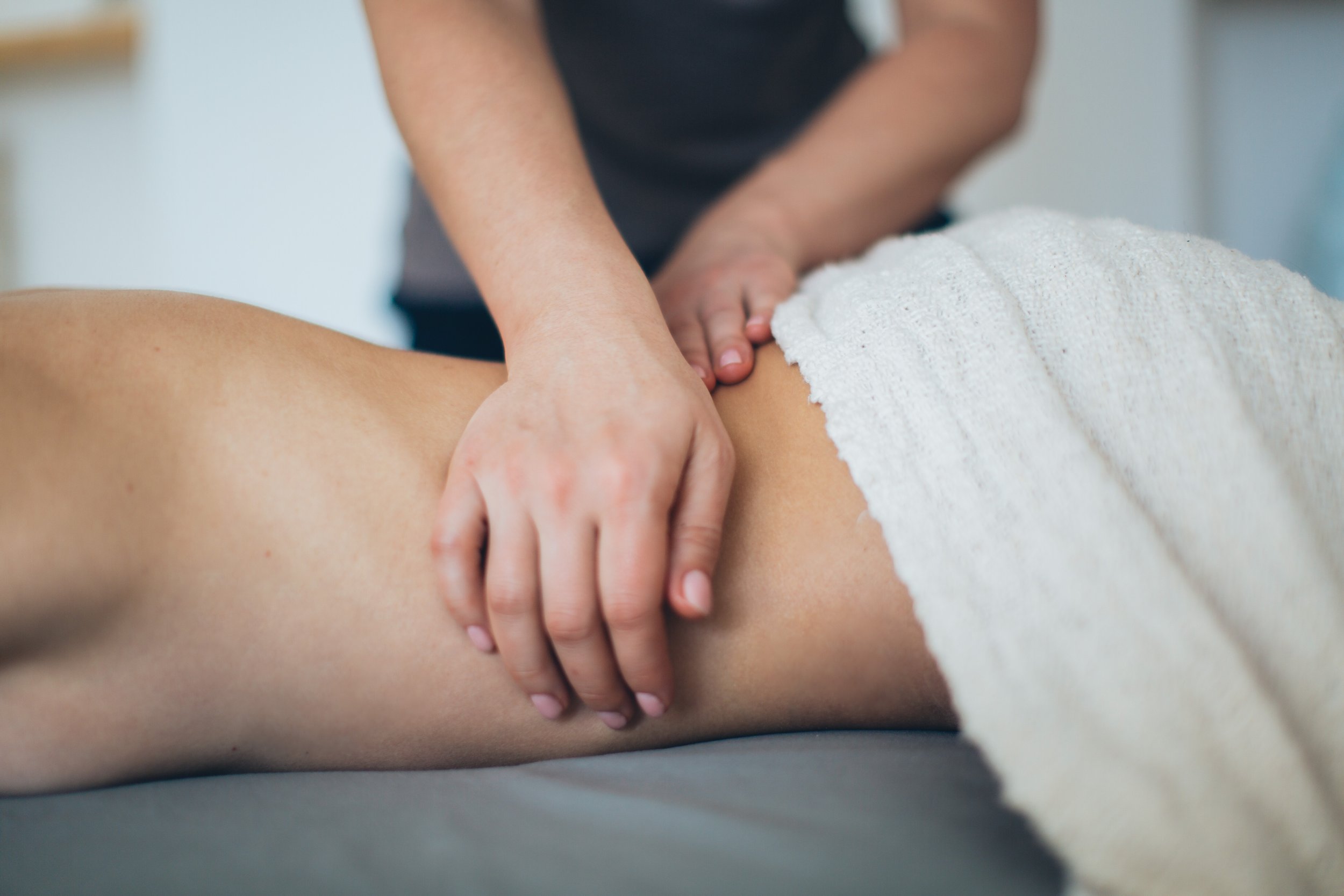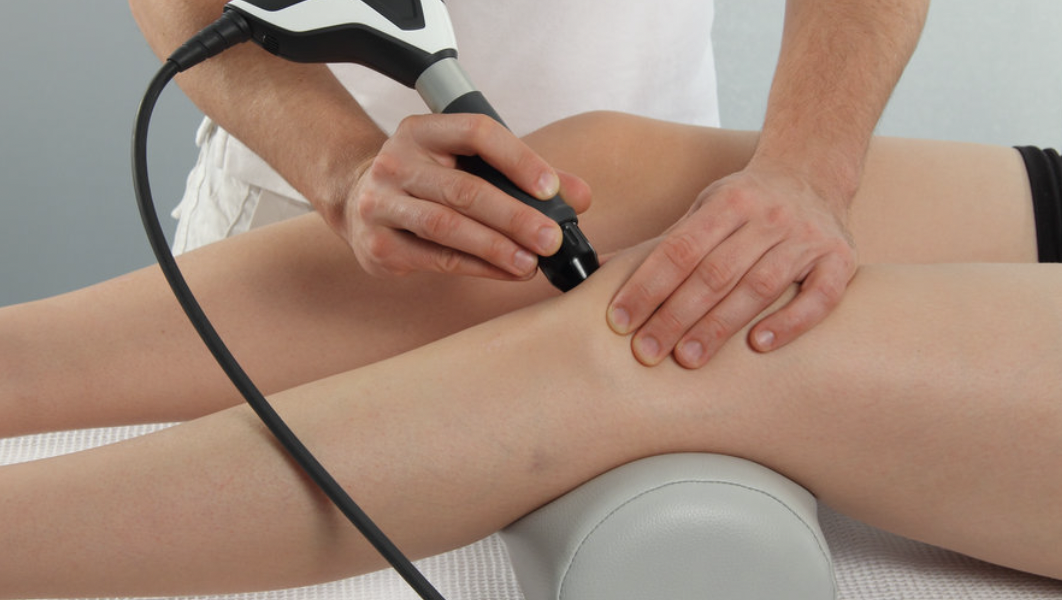Premier Deep Tissue Massage on the Shore. Feel better than you have in years.
Services
Experts in Deep Tissue/Sports Massage & Bodywork treatments to support your Health.
Our aim is to help you to become pain-free, alleviate muscular skeletal-related medical conditions, recover quicker from injuries, reach your sporting goals and become a fitter and healthier YOU.
Deep Tissue and Sports Massage.
You deserve to feel great - Deep Tissue Massage will help address niggling aches and pains, focus on tackling trigger points and have you feeling better in no time. Massage is also great during the training for your next sporting event to help with your muscle recovery.
Lighter Pressure Recovery Massage.
You don’t like strong massages and your main aim is to find some stress relief, our lighter pressure massage melts away tension with flowing gentle strokes to warm the muscles up.
Shockwave Therapy
Shockwave Therapy is a machine treatment which delivers pressure waves deep into the tissue creating an anti-inflammatory effect. It works well for tendonitis conditions or trigger points for example tennis elbow, plantar fasciitis, runner’s knee, sore shoulders and more.
Weight-loss Coaching
Combine nutrition advice with hypnotherapy techniques and/or guided meditations for more success with sticking to healthier habits and food choices. If you feel like your subconscious mind might be “sabotaging” you, you are emotionally eating or you might have some unconscious beliefs that you would like help with overcoming.

Kind words from happy clients.
“Therapeutika have the ability to breathe new life into my aching muscles. I would highly recommend!”
— Clive
“I have been a client for over 2 years now the deep tissue massage is great monthly maintenance for my lower back stiffness and tight hamstrings. Well done team Therapeutika !”
— David
“I have been going to Therapeutika for deep tissue massage for several years and find all the therapists are amazing. Initially it was to help me manage pain and after surgery they helped me with my rehabilitation. I now attend for maintenance therapy which keeps me comfortable.”
— Trish
Book an appointment.
Book an appointment below. Please contact us if you need to cancel your appointment. We look forward to meeting you.





